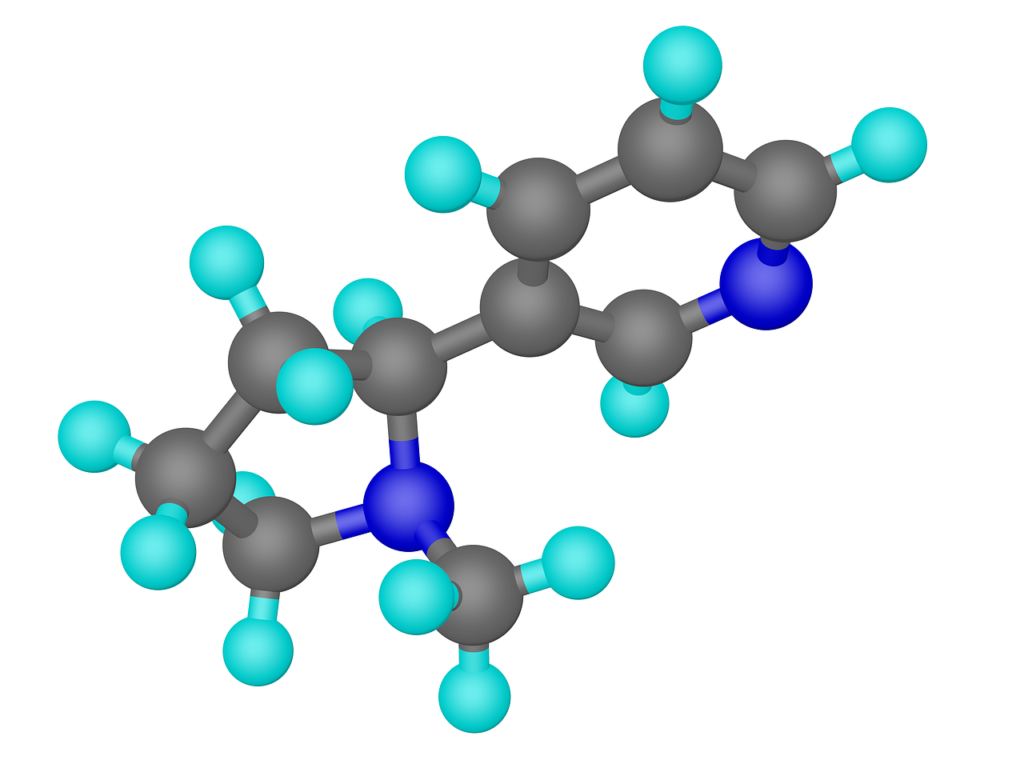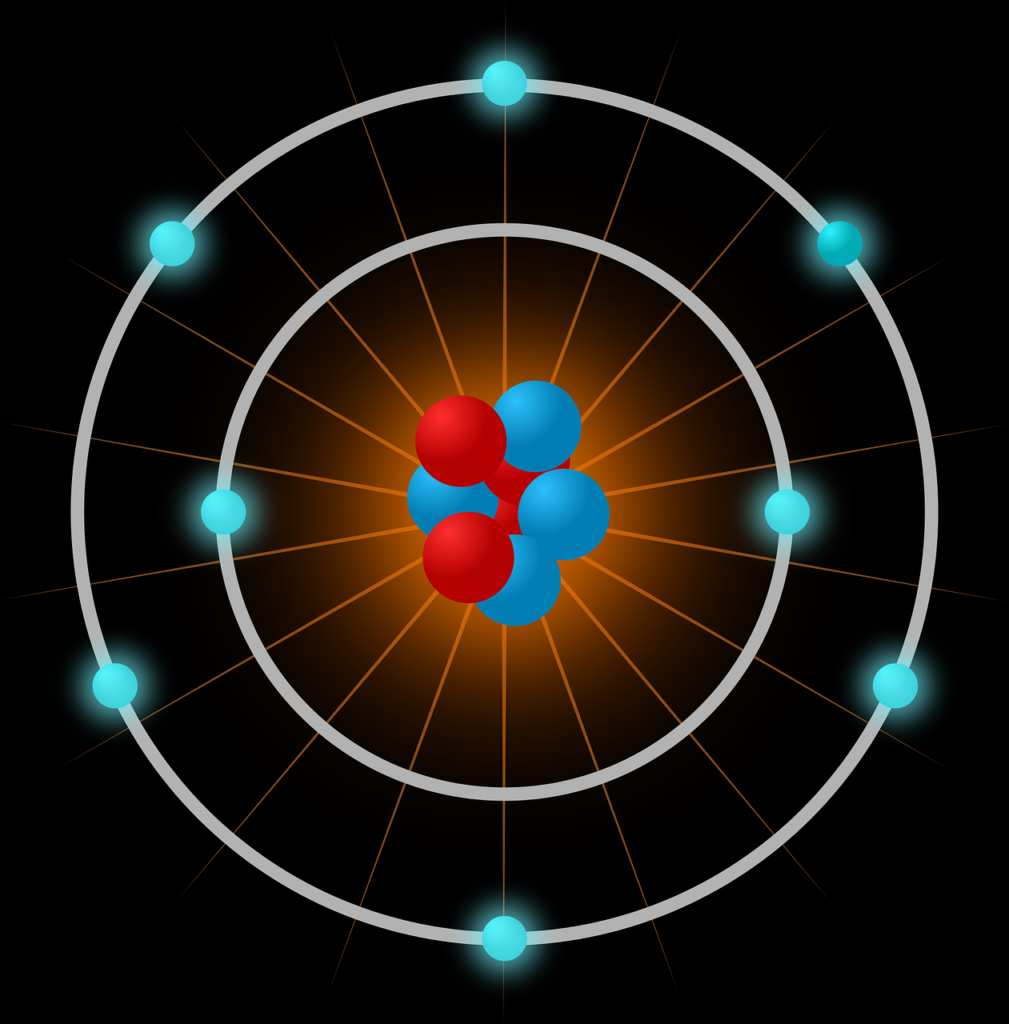Energy needed to break one mole of bonds in a chemical bond in the gas phase is called bond energy, referred as bond dissociation energy. It is a basic idea in chemistry, especially when studying thermodynamics and chemical bonding. Bond energy explain, how chemical bonds form, break, and affect the stability and reactivity of molecules.
Bond energy is a gauge for a chemical bond’s strength. Bond energy increases with bond strength. Chemists can forecast how much energy will be needed to break a bond during a chemical reaction and how much energy will be produced.

Units of Bond Energy:-
Standard unit of measurement for bond energy is kilojoules per mole (kJ/mol). This unit shows the amount of energy (in kilojoules) needed to break a particular bond in one mole.
Bond Energy and Bond Strength:-
Bond strength and bond energy are closely correlated. Stronger bond, higher the bond energy. This indicates that breaking a strong relationship needs more energy than breaking a weak one. Ttype of atoms involved and the quantity of electrons they share determine the bond energy of a covalent link between two atoms.
For example, the bond energy of a triple bond between two atoms is usually higher than that of a double bond, and the bond energy of a double bond is higher than that of a single bond. Because triple bonds have more electrons in common, which increases the atoms’ attraction to one another and raises the bond energy.

Bond Energy and Chemical Reactions:-
In a chemical reaction, reactant molecules’ bonds break and the product molecules’ bonds form new ones. New bonds are formed in the products, the energy needed to break the bonds in the reactants is absorbed and released. A reaction is classified as endothermic (energy-absorbing) or exothermic (energy-releasing) based on the difference between the amounts of energy received and released.
For example:
When new bonds are generated in the products of an endothermic reaction, more energy is needed to break the bonds in the reactants than is released during the process. This indicates that energy from the environment is absorbed by the reaction, frequently in the form of heat.
Less energy is needed in an exothermic reaction to break the bonds in the reactants than is produced during the formation of new bonds in the products. This indicates that energy is released during the reaction, which frequently causes the environment to warm.
Factors Affecting Bond Energy:-
1. Bond Order: Bond order causes an increase in bond energy. Stronger bonds have a higher bond energy because of a higher bond order, in double and triple bonds.
2. Atomic Size:- Increased distance between their nuclei and bonding electrons, larger atoms have weaker bonds since the bond’s strength is reduced. In difference to a link between smaller atoms like hydrogen (H—H), a bond between two large atoms like iodine (I—I) will have a lower bond energy.
3. Electronegativity:- Bond energy increases with the difference in electronegativity between the two bound atoms. Higher bond energies are normally associated with stronger bonds, or polar bonds. For example, the important electronegativity difference between fluorine and hydrogen results in a greater bond energy for the hydrogen-fluorine bond (H—F).
4. Bond Length:- Normally, Shorter bonds have higher bond energies and are stronger. Greater bond energy results from a higher attraction between the bonding atoms, which indicated by a shorter bond length. For example, C—H bond has a larger bond energy than a C—C bond.
Bond Energy and Enthalpy Change:-
Enthalpy change of a reaction and bond energy are closely linked idea. Bond energies of the bonds generated and broken during the reaction can be used to calculate the enthalpy change (ΔH) of the process.
Chemists can forecast if a reaction will release or absorb energy by using this connection to estimate the energy changes in a reaction.
Applications of Bond Energy:-
Predicting Reaction Feasibility:- Based on the energy needed, bond energy aids in predicting the likelihood of a chemical reaction.
Thermodynamic Calculations:– Chemists can able to calculate enthalpy changes that occur during reactions by using the bond energies of the reactants and products.
Designing Energy-Efficient Reactions:- Engineers can design reactions in industrial processes to minimise energy consumption and maximise thorough by understanding of bond energy.